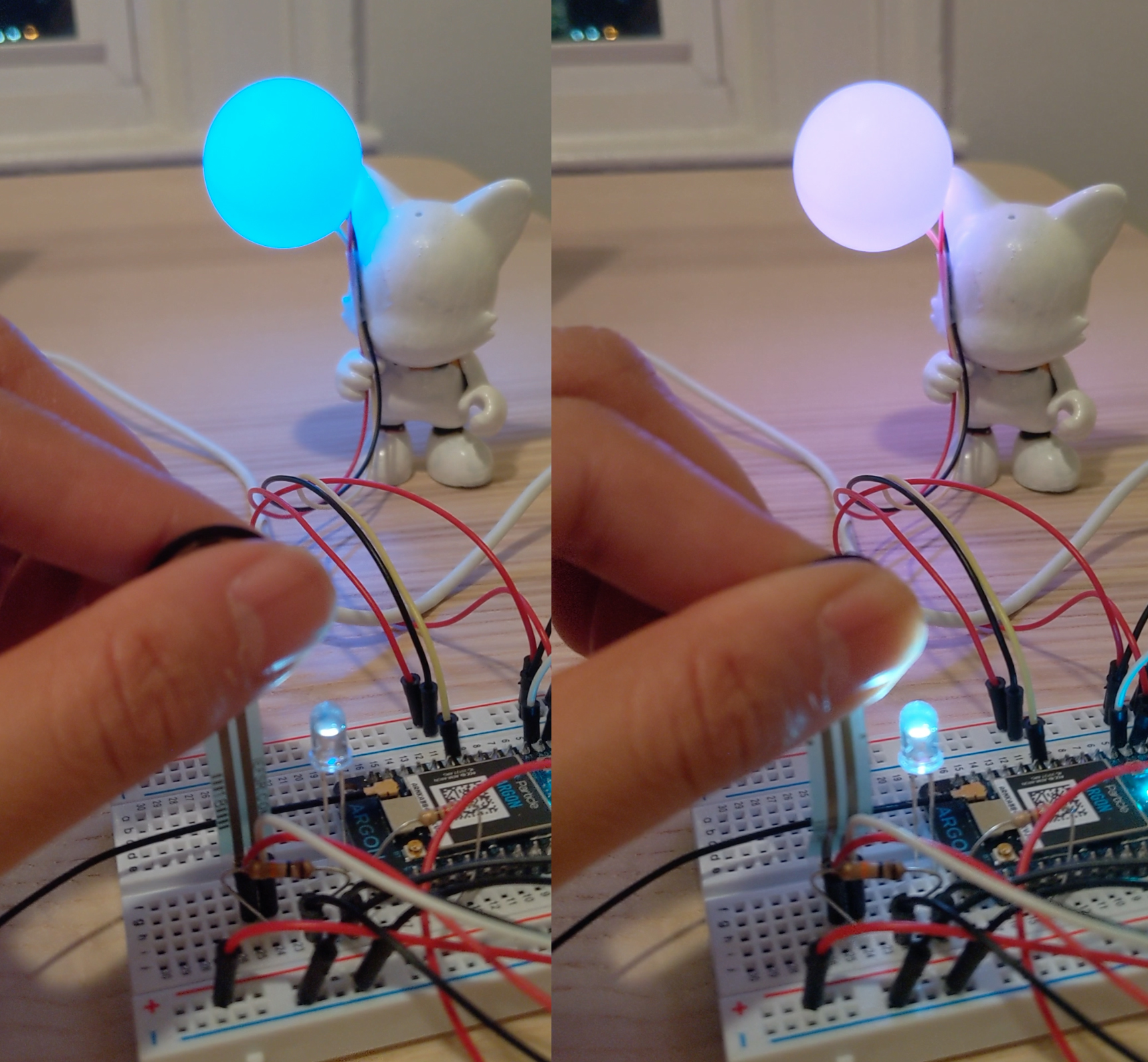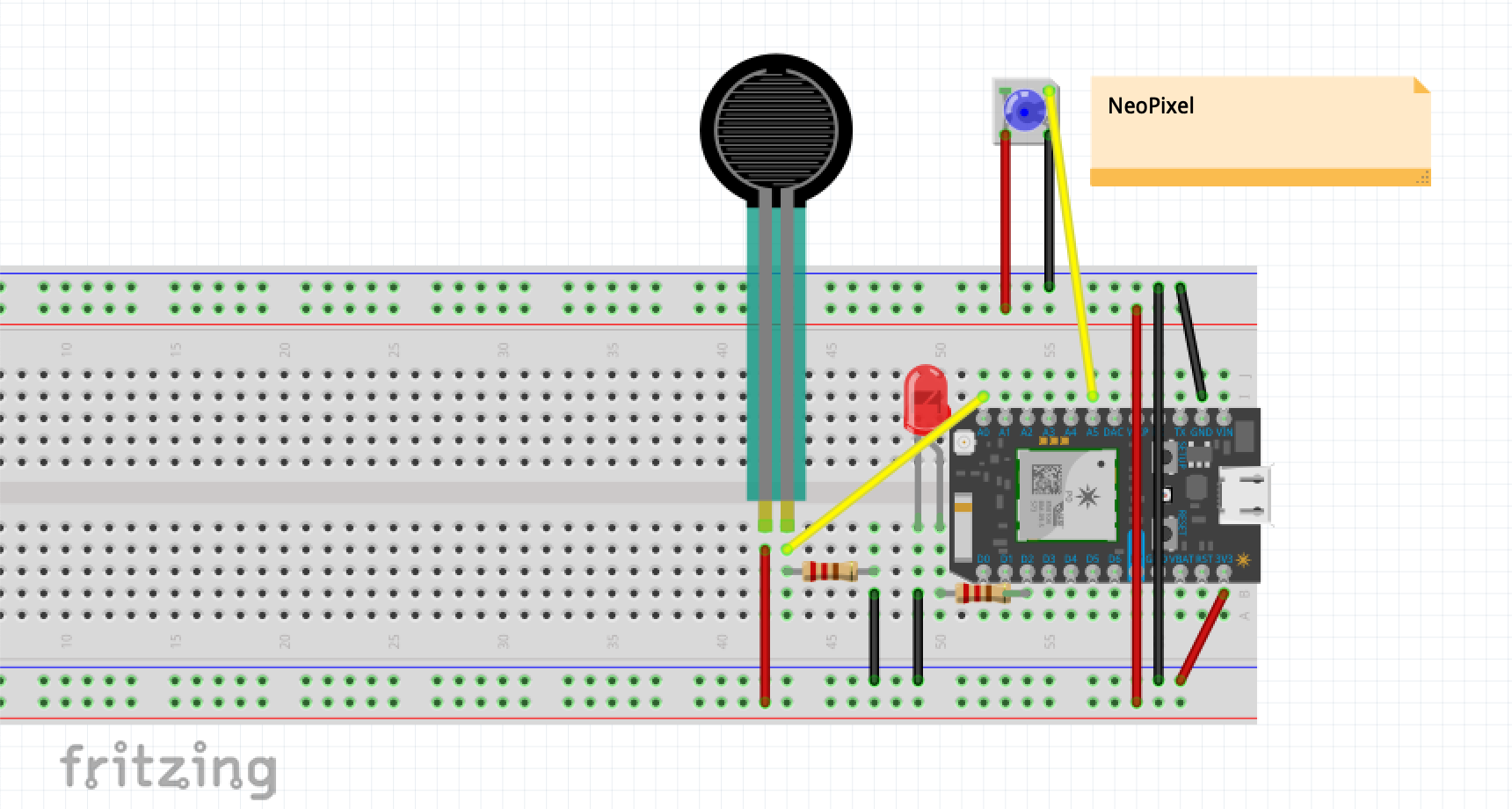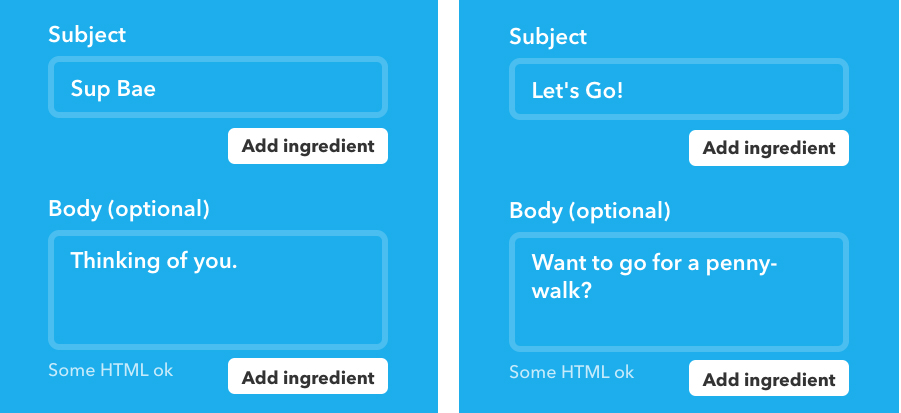Problem:
The first proposed idea was to make a knitting bowl /speaker that could create Spotify playlists while my friend was sitting down with his music and knitting. He could add a new song by pressing the yarn balls in the knitting bowl with his feet and not have to put down his needles and yarn.
However, the *previous* idea was to have a knitting bowl which had a sensor that when pressed, could communicate to your SO that you were knitting at home. Speaking with my friend, he thought it a bit invasive being guilt-tripped into checking-in with an emotionally needy person whenever he used his knitting bowl. This was directly at odds with what he associated with knitting – an internal state of creative meditation and a quiet exercise in finger dexterity.
Solution:
The idea evolved quite dramatically into "SupBae! - Let's Go!", a tiny desk/table lamp (a tiny cat with a balloon) that non-intrusively tells your love one you are thinking about them and then invites them for an outside adventure. Instead of a one way check-in system, this is a way to actively engage with the other person.
When the lamp is sitting on your desk, the balloon is bright white. However, when the force sensor has a light touch applied to it, the balloon turns blue and emails your SO "Sup Bae. Thinking of you." through IFTTT. When more pressure is applied, the balloon shifts to magenta and follows up with another email that says "Let's go! Want to go for a penny walk?". I believe it's a light touch way for couples to engage with one another.



